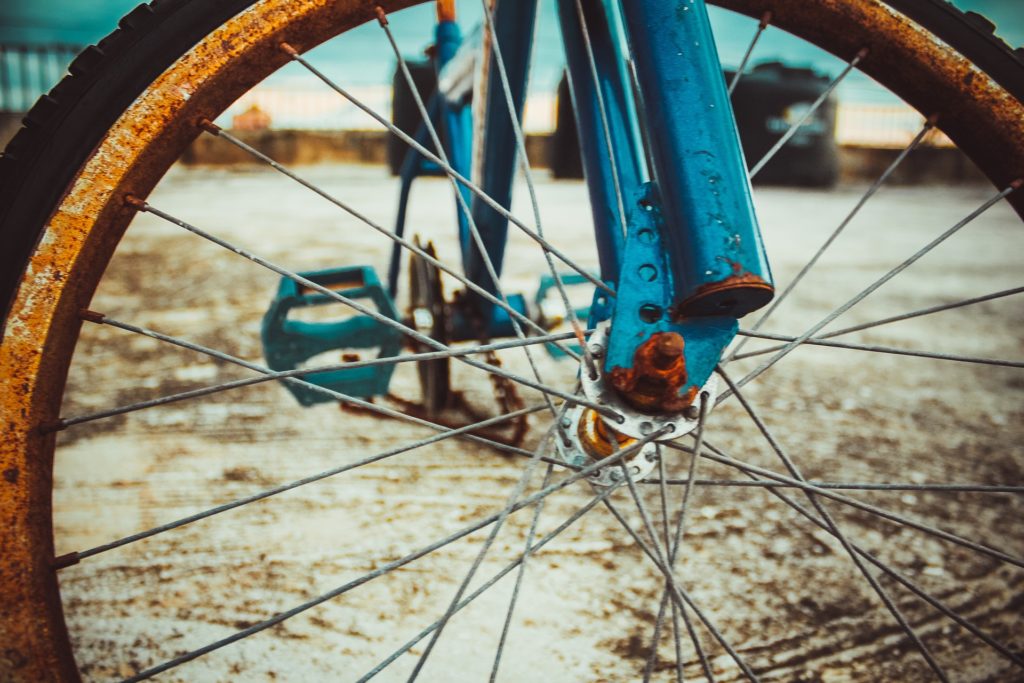Those who know me well can state with confidence that my atmospheric preference for cycling lies in the desert. I’ve always been a warm weather guy which is why I’ve chosen to settle in Rancho Santa Fe, California. I hit my stride in the saddle when the sun is hitting my back.
Because the weather is warming up, I’m dedicating this post to discussing safety when desert cycling for those of you who are itching to get in some bicycle riding in the hot weather.
Safety for Desert Cycling

First and foremost, let’s discuss safety whilst cycling in the desert. Before you hit the desert sand, it’s vitally important to know how to keep yourself safe when braving the heat. Dangers in the desert can catch you by surprise, so knowing what you’re in for before you take off on your trip can potentially keep you from serious harm.
Before beginning your journey, always remember to:
- Bring plenty of water. Don’t skimp because you’re afraid to carry the weight! Water is the most important thing that you can keep with you when you’re exercising in sweltering temperatures. Calculate how much water you’ll need depending on the length of your ride. According to Average Joe Cyclist, planning to consume 6-8 ounces every 15-20 minutes is usually enough to keep you well hydrated.
- Wear lots of sunscreen and wear a protective hat appropriate for cycling. REI was my go-to store for my sun protection. I stumbled across this article discussing how to choose and apply sunscreen years ago and it’s stuck with me ever since. Regarding a good hat, I purchased the Outdoor Research Sun Runner Cap for its neck protection. After a bad sunburn I’d gotten on my neck in my early cycling days, I learned my lesson.
- Make sure you bring proper maps. I’ve read a few horror stories detailing how cyclists have gotten lost in boiling temperatures. To make sure that you’re always staying on top of your whereabouts, purchase good maps from local stores. I recommend maps over GPS systems for desert cycling due potentially spotty service.
- Bring everything you need to change a tire. For those of you needing a refresher, I wrote an article in 2017 titled “How to Fix a Bicycle Flat.” Because of all of the desert plants that are often spiky, it’s likely that you’d pop a tire. Be prepared so that you don’t have to trek back walking your bicycle in 90-degree weather.
- Ride with a friend if you’re not 100% comfortable. Braving the desert on your bicycle for the first time can be unsettling. If you’re the least bit under-confident, make sure and ride with a friend. Even if you’re friend isn’t a desert riding expert, it’s better to go with two than one in case of emergency.
- Always inform someone else about your travel plans before you begin your ride. This is a good policy to follow no matter what kind of outdoor sport you’re doing. Especially if you’re on your own, you must inform someone of where you’re going and when. After your trip is complete, you can let a friend know when you’ve returned. In case you don’t return in the expected time frame, your friend will know to seek help.
Last but not least, here’s a great video posted by Francis Cade of cycling in the Mojave Desert for inspiration. This is the route taken for those of you interested.
Thanks for following along, everyone. Safe cycling to you all.
-Barton Haynes
